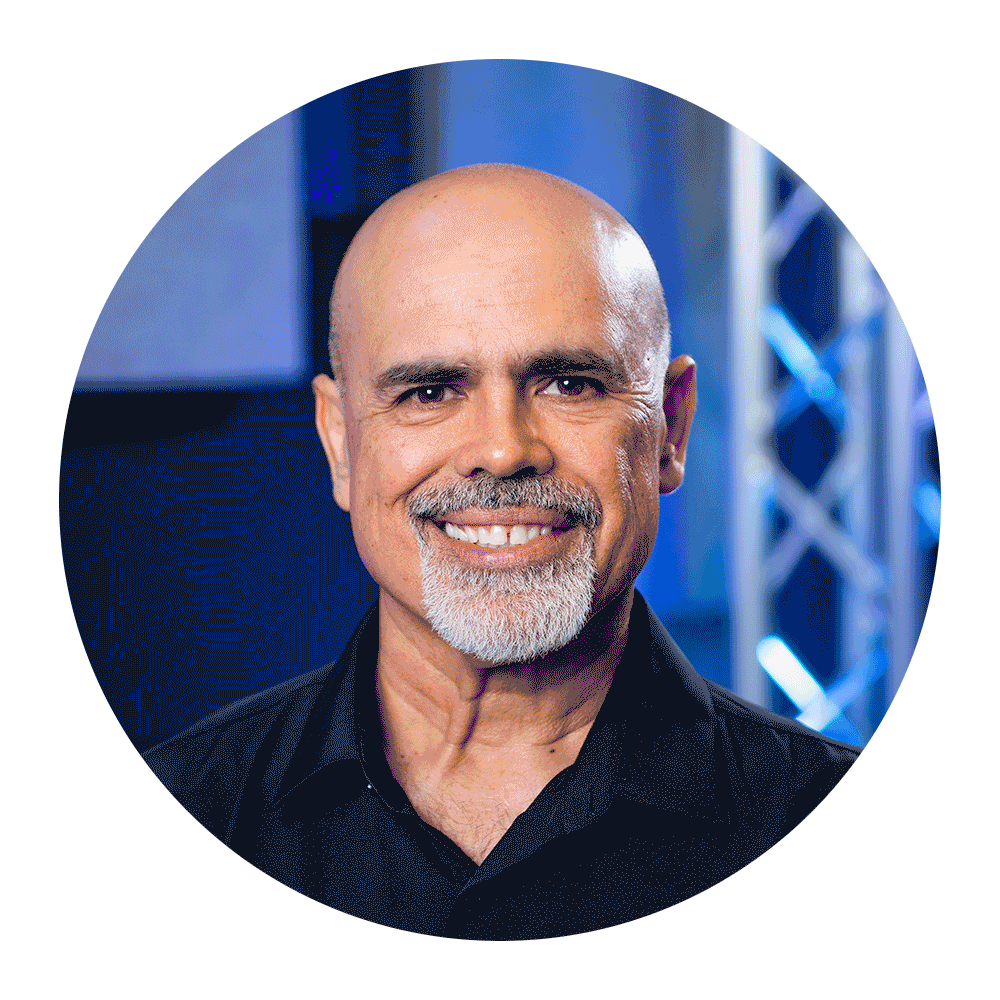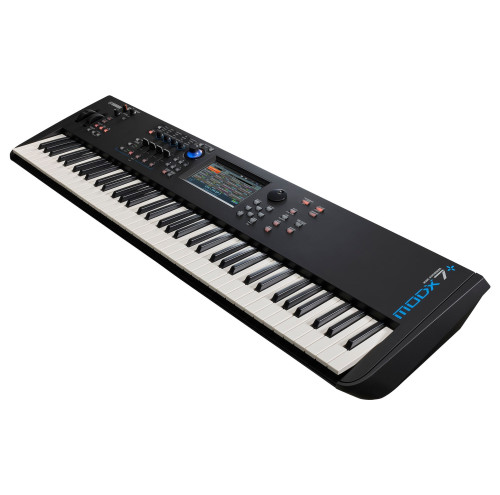MONTAGE M8x, the next-generation flagship synthesizer from Yamaha. Realize amazing sound with its three engines that recreate warm vintage analog synths, cutting-edge FM synths, and ultra-realistic instruments. The Motion Control engine enhances these capabilities, adding a unique fourth dimension of control to your music making. Unlike traditional hardware synthesizers, MONTAGE M8x seamlessly bridges stage and studio workflows with computer connectivity and integration. For pianists wanting 88-key weighted action, and synth players wanting expressive polyphonic aftertouch, the MONTAGE M8x introduces a new era of sound, control and workflow in music creation.
Yamaha MONTAGE M8x Features
- AN-X Engine
- Improved AWM2
- 400-note total polyphony
- GEX Action with polyphonic aftertouch
- Dedicated keyboard, part, and scene control
- Faster, more intuitive navigation
- USB MIDI and multichannel audio interface
- MONTAGE M8x 2nd Gen 88-Key Synthesizer1
- AC Power cord1
- Quick Guide1
- Cubase AI Download Information1
- Expanded Softsynth Plugin for MONTAGE M Download Information 1
- Dimensions (WxHxD)56-15/16 x 6-11/16 x 18-1/8" (1,446x170x460 mm)
- Weight61 lbs., 15 oz. (28.1 kg)
- Packing Box (WxHxD)64-7/8 x 10-1/4 x 22-1/2" (1,647x261x572 mm)
- Control Interface
- Keyboard
- Number of keys: 88
- Type: GEX Keyboard
- Initial Touch: Yes
- Aftertouch: Yes (Channel After Touch)
- Keyboard
- Tone Generator: Motion Control Synthesis Engine AMW2: 128 Elements (max.), FM-X: 8 Operators, 88 Algorithms, AN-X: 3 Oscillators, 1 Noise
- Maximum Polyphony: AWM2: 256 (max.; stereo/mono waveforms), FM-X: 128 (max.), AN-X: 16 (max.)
- Multi Timbral Capacity: 16 Parts (internal), Audio Input Parts (A/D*1, USB*1) *1 stereo Part
- Wave: Preset: 10 GB (when converted to 16-bit linear format), User: 3.7 GB
- Performance: 3,369
- Filter: 18 types
- Effects: Reverb x 12 types, Variation x 88 types, Insertion A x 88 types*2, Insertion B x 89 types*3, Master Effect x 26 type, *2 A/D part insertion x 83 types *3 Part 2~16: 88 type, A/D part insertion x 83 types (Preset settings for parameters of each effect type are provided as templates) Master EQ (5 bands), 1st part EQ (3 bands), 2nd part EQ (2 bands)
- ControllersMaster Volume, A/D Input Gain knob, Pitch Bend wheel, Modulation wheel, Ribbon Controller, Control Slider x 8, Knob x 8, Super knob, Display knob x 6, Portament knob, Data Dial, Assignable switch x 2, MSEQ trigger switch, Portamento switch, Keyboard hold switch, Ribbon Controller hold switch
- Display7" TFT Color Wide VGA LCD touch screen, 512 x 64 Full-dot LCD
- Connectors[USB TO DEVICE] x 2, [USB TO HOST], MIDI [IN]/[OUT]/[THRU], FOOT CONTROLLER [1]/[2], FOOT SWITCH [SUSTAIN]/[ASSIGNABLE], OUTPUT (BALANCED) [L/MONO]/[R] (6.3 mm, Balanced TRS jacks), ASSIGNABLE OUTPUT (BALANCED) [L]/[R] (6.3 mm, Balanced TRS jacks), [PHONES] (6.3 mm, standard stereo phone jack), A/D INPUT [L/MONO]/[R] (6.3 mm, standard phone jacks)
- Power Consumption 36W
- Live SetsPreset: 128 and more, User: 2,048
- Performance Recorder
- Note Capacity: Preset: 128 and more, User: 2,048
- Note Resolution: 480 ppq (parts per quarter note)
- Tempo (BPM): 5 – 300
- Sequence formats: MONTAGE original format, SMF formats 0, 1
- Arpeggio: Parts: 8 Parts simultaneous (max.), Preset: 10,922 types or more, User: 256 types
- Sequencer
- Patterns: 128 patterns
- Pattern tracks: 16 Sequence tracks
- Pattern Recording type: Real time replace, Real time overdub
- Songs: 128 songs
- Song tracks: 16 Sequence tracks, Tempo track, Scene track
- Song recording type: Real time replace, Real time overdub, Real time punch in/out
- FunctionsUSB audio interface: [Sampling Frequency = 44.1 kHz] Input: 6 channels (3 stereo channels), Output: 32 channels (16 stereo channels) [Sampling Frequency = 44.1 kHz - 192 kHz] Input: 6 channels (3 stereo channels), Output: 8 channels (4 stereo channels)
More about Synthesizers at Sound Productions
Synthesizers (alternatively spelled synthesiser and called synths for short) are electronic musical instruments that generate audio signals. Synthesizers get their name because their audio signals are generated according to a type of synthesis that creates a waveform of sound. Because these waveforms can be controlled, using a synth provides versatility in adapting how a sound is sculpted, and can simulate and blend a variety of sounds to create unique audio experiences.































